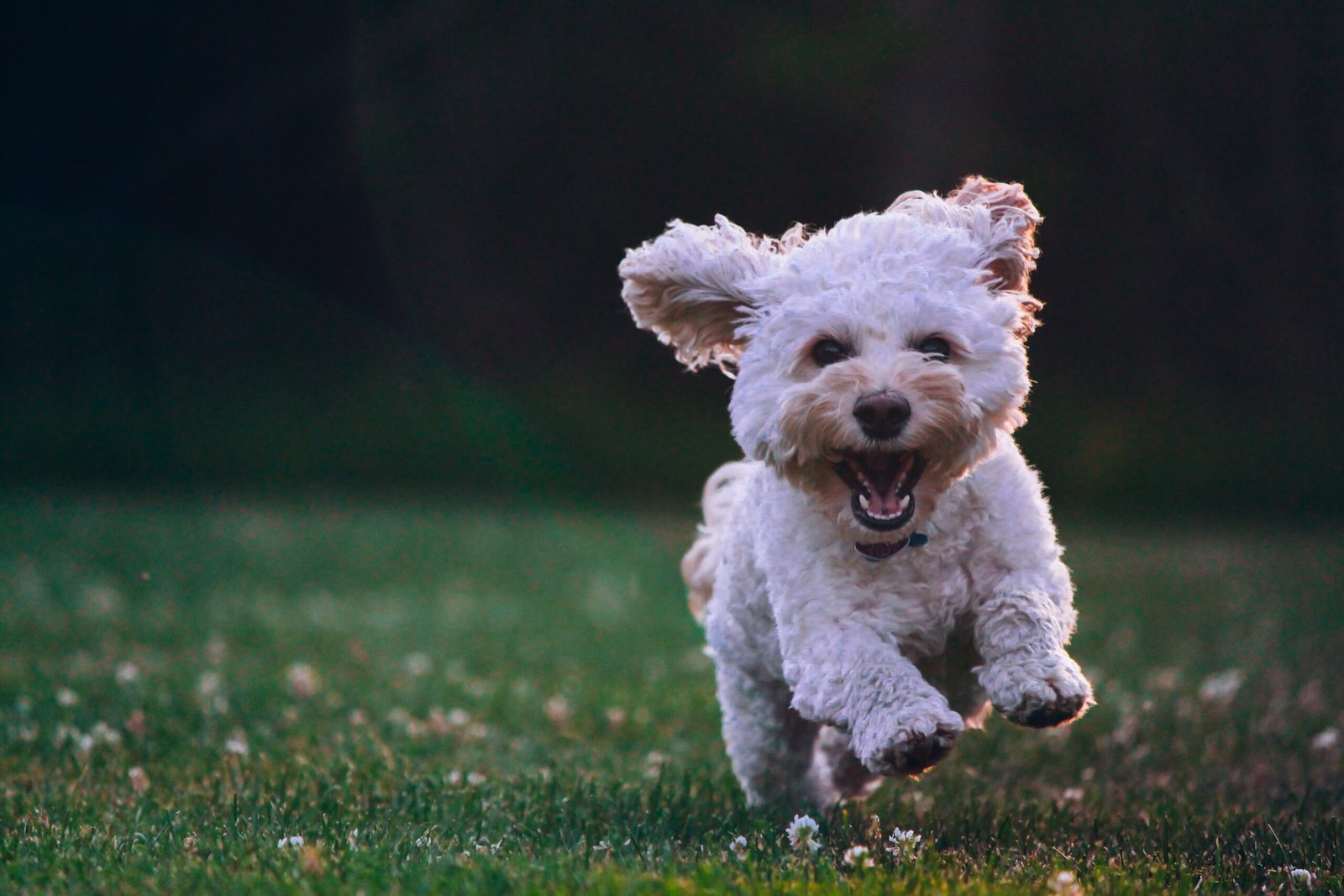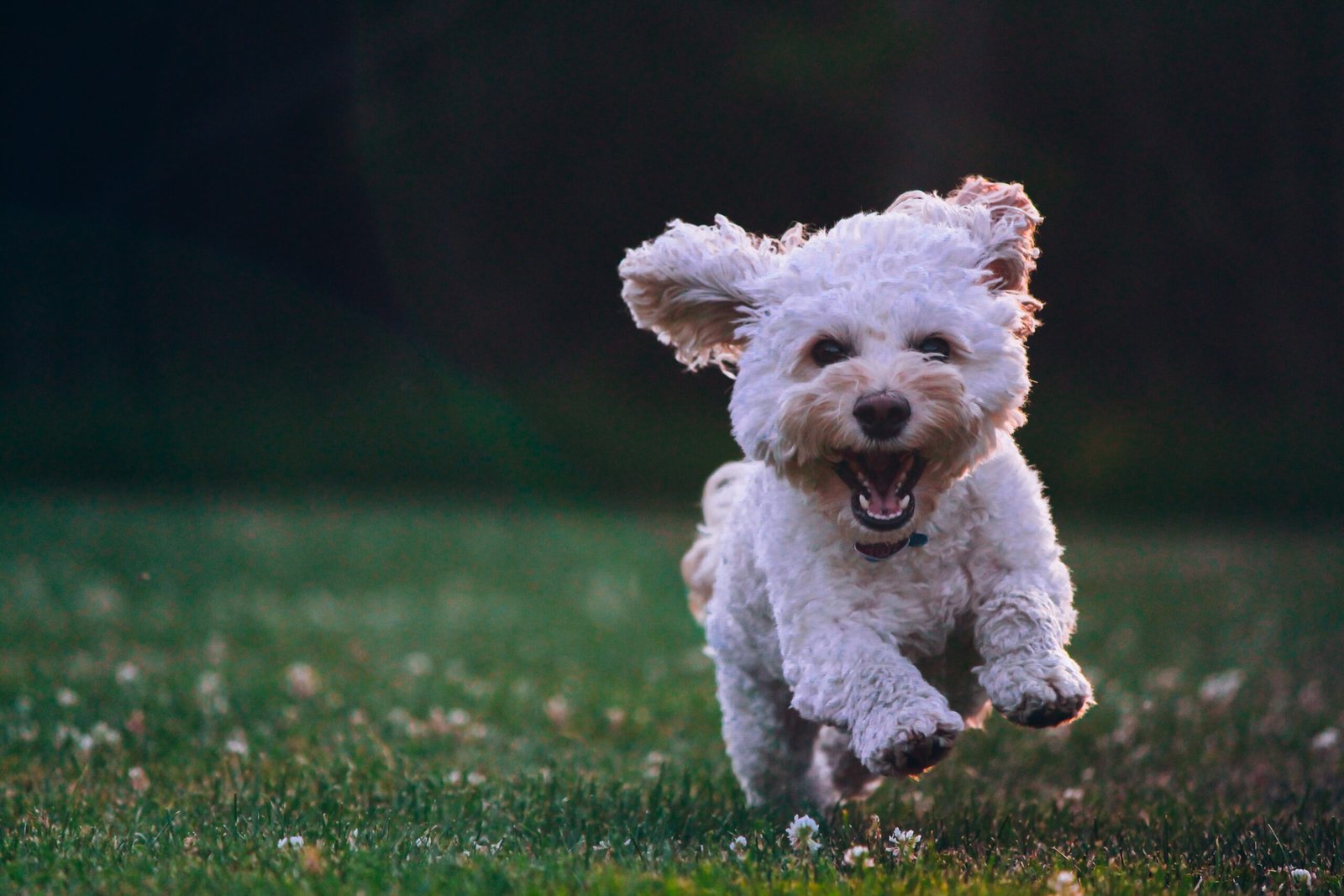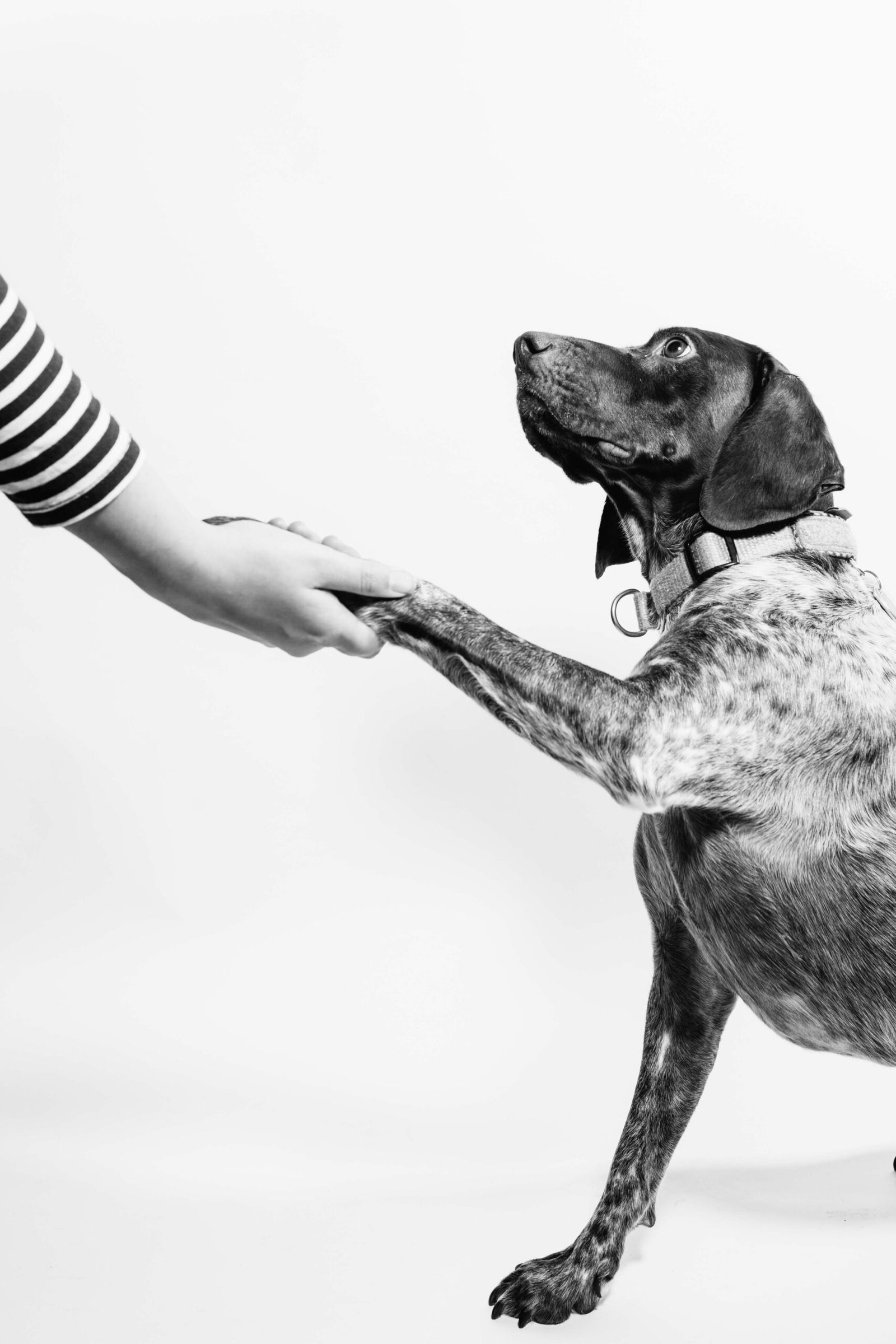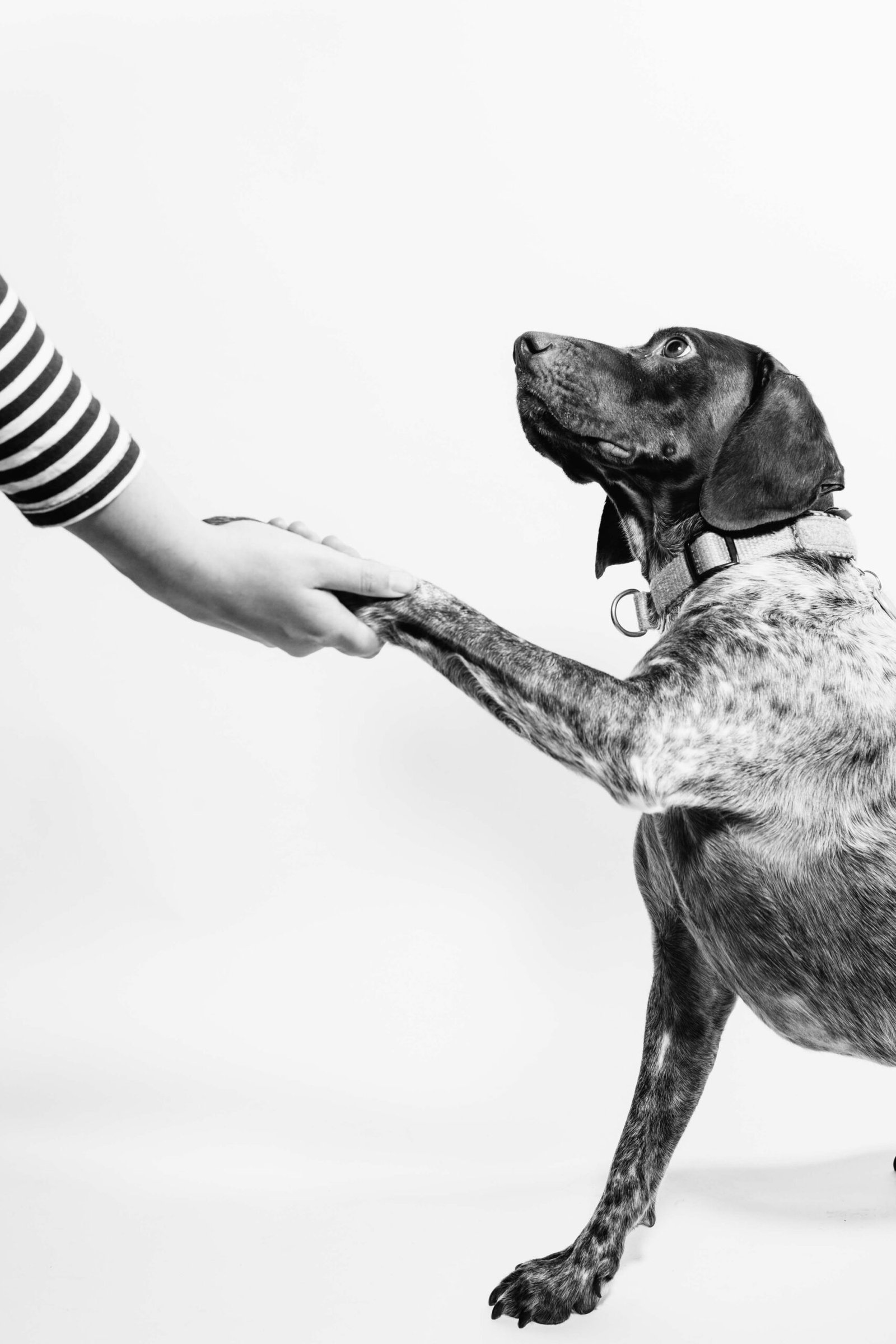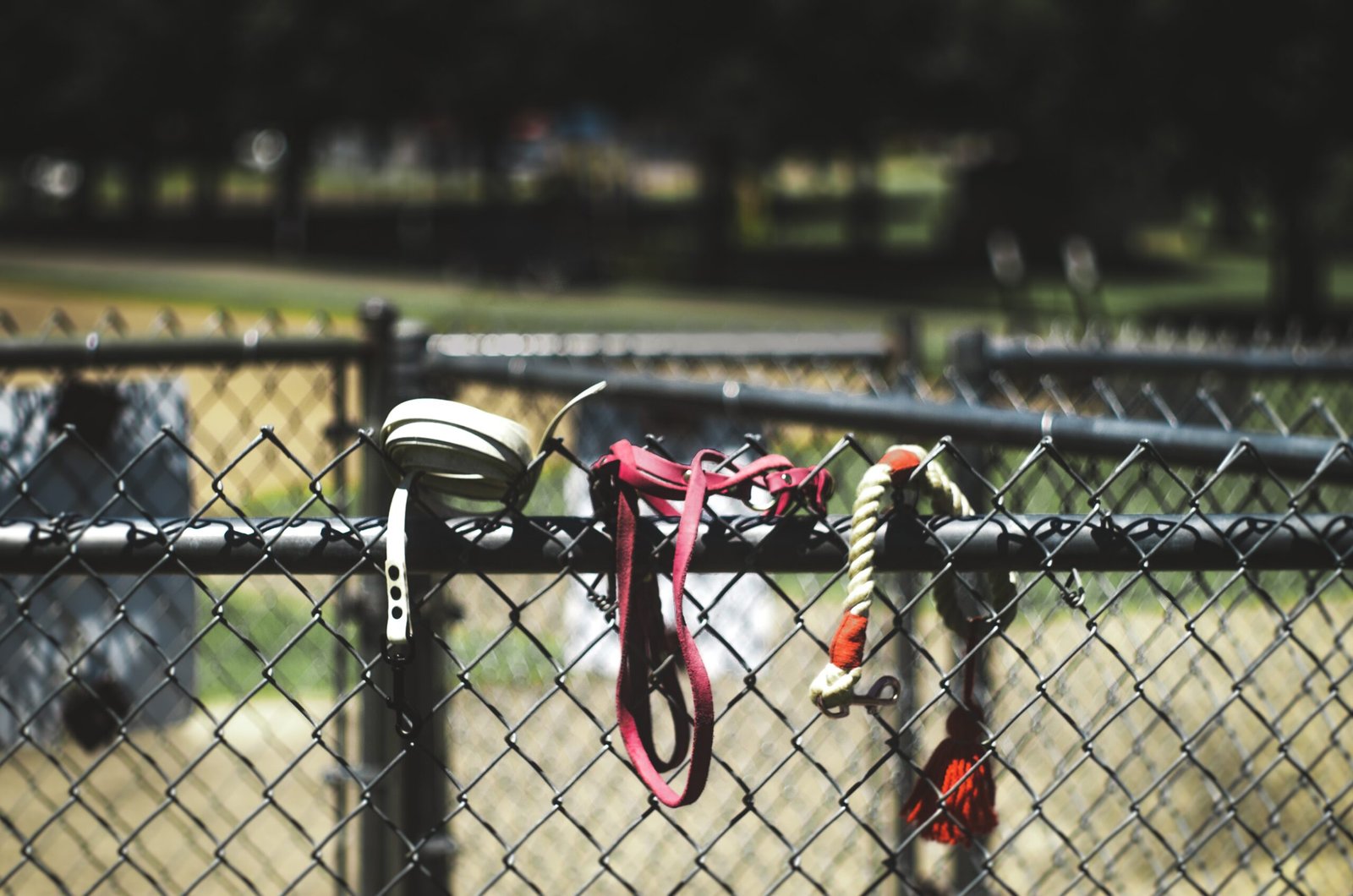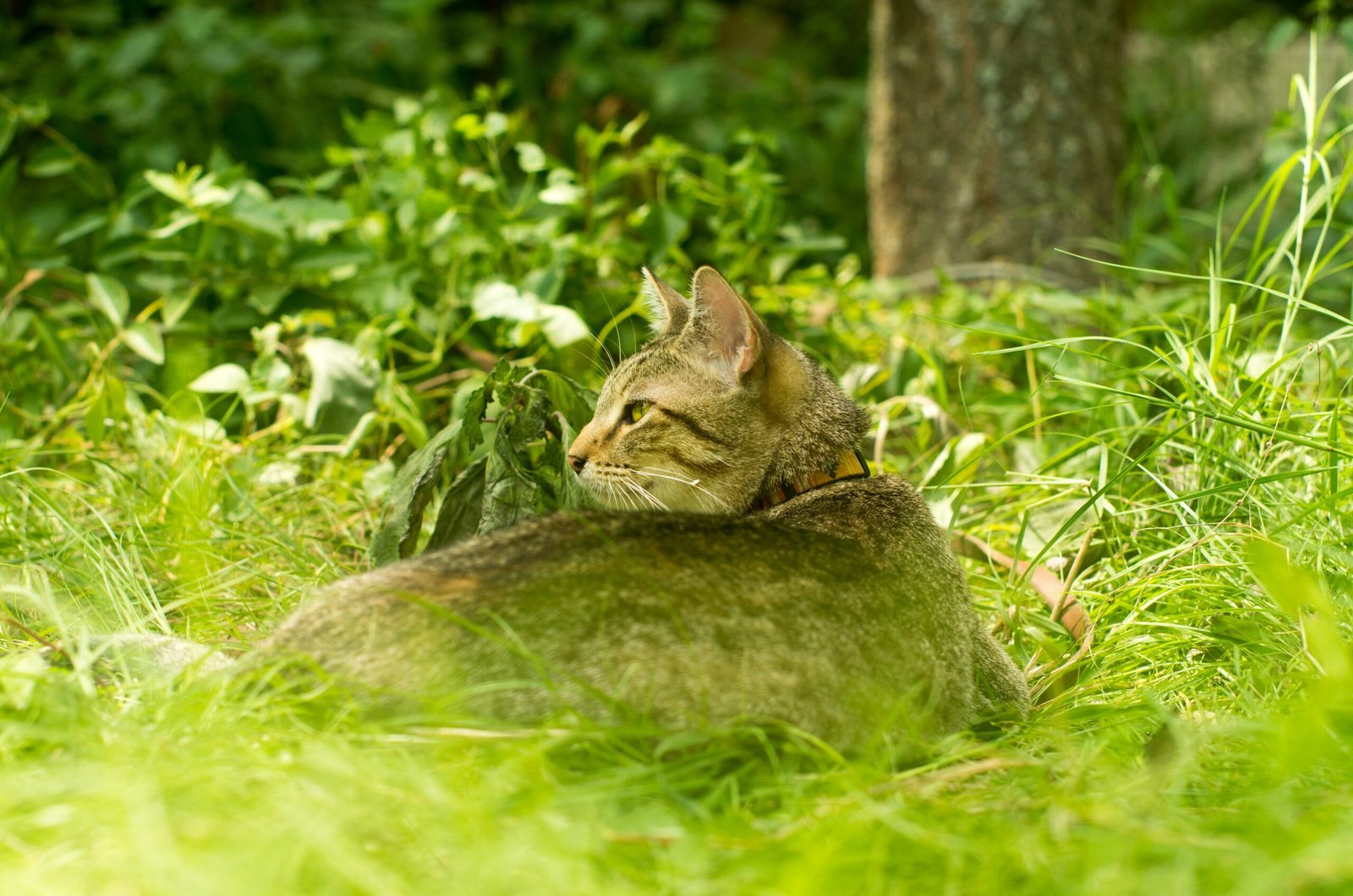Top 10 Pet Training Tips and Tricks for a Well-Behaved Companion
Are you struggling to train your furry friend? Whether you have a new puppy or an older dog, pet training is essential for a harmonious relationship between you and your companion. In this blog post, we will share the top 10 pet training tips and tricks to help you achieve a well-behaved and obedient pet.
1. Start with Basic Commands
Begin your pet’s training journey by teaching them basic commands such as sit, stay, and come. These commands lay the foundation for more advanced training and help establish your role as the leader. Use positive reinforcement techniques like treats and praise to reward your pet for following commands.
2. Be Consistent
Consistency is key when it comes to pet training. Use the same commands and gestures every time and ensure that all family members are on the same page. Inconsistency can confuse your pet and make the training process longer and more challenging.
3. Use Positive Reinforcement
Positive reinforcement is a highly effective training method that relies on rewarding desired behaviors. Whenever your pet follows a command or exhibits good behavior, reward them with treats, praise, or playtime. This positive association encourages your pet to repeat the behavior.
4. Understand Your Pet’s Needs
Every pet is unique, and understanding their individual needs is crucial for successful training. Take the time to learn about your pet’s breed characteristics, temperament, and energy levels. This knowledge will help you tailor your training approach to suit your pet’s specific needs.
5. Socialize Your Pet
Socialization is a vital aspect of pet training, especially for puppies. Expose your pet to different environments, people, and animals from an early age. This exposure helps them develop confidence, reduces fear and aggression, and promotes positive behavior in various situations.
6. Use Clicker Training
Clicker training is a popular and effective technique that uses a clicker to mark desired behaviors. The sound of the clicker signals to your pet that they have performed the correct action, followed by a reward. This method helps your pet quickly understand what behavior is being reinforced.
7. Practice Patience and Persistence
Pet training takes time and patience. It’s important to remember that your pet is learning and may not grasp commands immediately. Stay calm, be patient, and continue to reinforce positive behaviors. Consistent practice and persistence will yield results.
8. Incorporate Mental Stimulation
Engaging your pet’s mind is just as important as physical exercise. Incorporate mental stimulation into your pet’s training routine by using puzzle toys, interactive games, and training exercises that challenge their problem-solving abilities. Mental stimulation helps prevent boredom and destructive behavior.
9. Seek Professional Help if Needed
If you’re struggling with your pet’s training or encountering specific behavioral issues, don’t hesitate to seek professional help. A certified dog trainer or animal behaviorist can provide expert guidance, tailored training plans, and address any underlying issues that may be hindering progress.
10. Practice Positive Reinforcement in Daily Life
Pet training is an ongoing process that extends beyond formal training sessions. Incorporate positive reinforcement techniques into your daily interactions with your pet. Reward good behavior, discourage unwanted behaviors, and consistently reinforce the training principles you’ve established.
FAQs
Q: How long does it take to train a pet?
A: The time it takes to train a pet varies depending on factors such as breed, age, and individual temperament. Consistency, patience, and positive reinforcement are key to successful training.
Q: Can older dogs be trained?
A: Yes, older dogs can be trained. While it may take more time and patience, older dogs can learn new behaviors and commands with the right training approach.
Q: Should I punish my pet for bad behavior?
A: It’s best to avoid punishment as it can create fear and anxiety in your pet. Instead, focus on redirecting and rewarding positive behaviors.
Q: How often should I train my pet?
A: Regular, short training sessions are more effective than infrequent, long sessions. Aim for multiple 5-10 minute sessions throughout the day to keep your pet engaged and focused.
Tips:
1. Be patient and consistent throughout the training process.
2. Use high-value treats to motivate your pet during training.
3. Keep training sessions fun and interactive to maintain your pet’s interest.
4. Break down complex commands into smaller, achievable steps.
5. Celebrate small victories and progress along the way.
In conclusion, pet training is a rewarding journey that strengthens the bond between you and your furry companion. By following these top 10 training tips and tricks, you’ll be well on your way to having a well-behaved and obedient pet. Remember to be patient, consistent, and always use positive reinforcement. Happy training!
Call to Action:
Share your pet training success stories with us on social media! Help spread the word about the benefits of positive reinforcement training and inspire others to train their pets for a happier, well-behaved companion.
